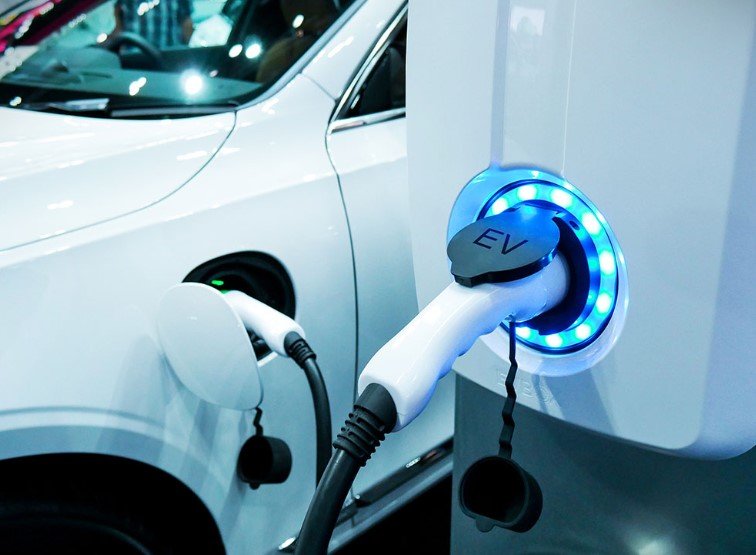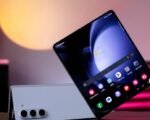Oil giant Shell has revealed a breakthrough in electric vehicle charging that could cut times to under 10 minutes. Announced in early September 2025, this innovation uses a special thermal fluid to cool batteries fast during high-speed charging, making EVs more practical for everyday drivers.
This development comes as EV adoption grows worldwide, with global sales hitting over 14 million units in 2024 alone. Shell aims to tackle one of the biggest barriers: long charging waits that frustrate potential buyers compared to quick gas station stops.
How the Thermal Fluid Works
Shell’s EV-Plus Thermal Fluid is a non-conductive liquid that flows directly around battery cells. This immersion cooling pulls heat away quickly, allowing much faster charging without overheating risks.
In tests, a 34kWh battery pack reached 80% charge from 10% in less than 10 minutes. That speed adds about 15 miles of range per minute, matching some top models from brands like Zeekr in China.
Experts say this could lead to smaller, cheaper batteries. Automakers might design packs with less capacity since quick top-ups become easier.
The fluid builds on Shell’s gas-to-liquid tech, which creates clean, efficient lubricants. It spreads evenly in battery packs, avoiding hot spots that damage cells over time.

Benefits for Drivers and the Industry
Faster charging means less time at stations, which could boost EV sales. Imagine pulling up, plugging in, and leaving in the time it takes to buy a snack.
Shell claims the tech improves safety too. By managing heat better, it reduces fire risks during rapid charges, a concern with current lithium-ion batteries.
This fits into broader trends. In 2025, governments push for more EVs to cut emissions, with the U.S. aiming for 50% electric sales by 2030. Shell’s move shows oil companies adapting to a low-carbon future.
- Quicker sessions at public chargers ease range anxiety for long trips.
- Potential for lighter vehicles, improving efficiency and handling.
- Lower costs for buyers, as smaller batteries use fewer rare materials like lithium.
Challenges and What Comes Next
Not everything is perfect yet. Shell has not shared details on the exact power levels needed or long-term battery wear from repeated fast charges.
Independent tests are key. Past fast-charging claims from other firms sometimes led to quicker battery degradation in real-world use.
Shell plans to partner with car makers to integrate this tech. Early demos happened with engineering firm RML Group, showing promise for compact battery designs.
The company already runs EV charging networks in over 30 countries. This fluid could upgrade those stations for ultra-fast service.
| Feature | Traditional EV Charging | Shell’s Thermal Fluid Tech |
|---|---|---|
| Charge Time (10% to 80%) | 20-40 minutes | Under 10 minutes |
| Cooling Method | Air or basic liquid | Immersion fluid |
| Range Added per Minute | 5-10 miles | Up to 15 miles |
| Battery Size Impact | Larger packs needed | Allows smaller, lighter packs |
| Safety Enhancement | Standard heat management | Reduces hotspots and fire risks |
Global Impact on EV Adoption
This tech could speed up the shift to electric transport in places like Europe and Asia, where charging infrastructure lags behind demand.
Recent events, such as the 2025 Paris Auto Show highlighting fast-charging prototypes, underline the race for better EV tech. Shell’s entry adds competition, pushing innovation forward.
For consumers, it solves real problems like waiting in lines at busy stations during peak hours.
What do you think about this breakthrough? Share your thoughts in the comments and spread the word to fellow EV enthusiasts. Your input could spark great discussions on the future of driving.








